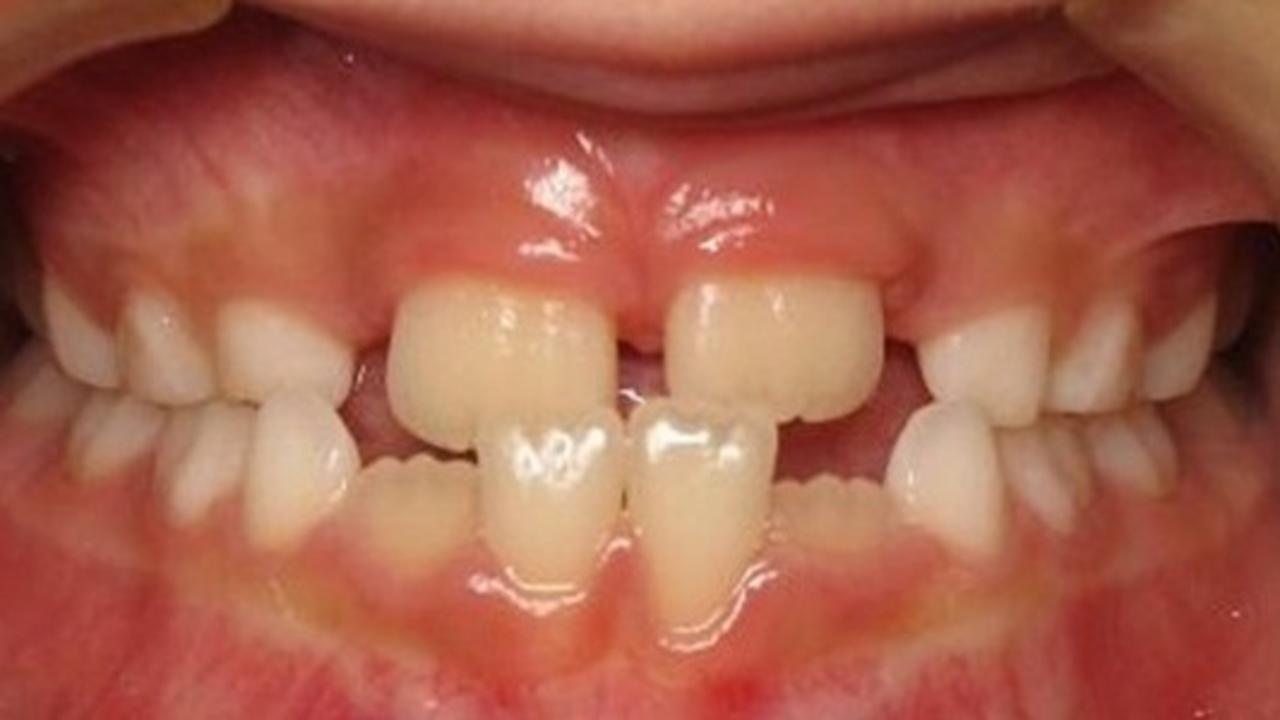Teeth Alignment

If you’re a parent, you’ve probably wondered if your child will need orthodontic braces. It’s a worry because braces are expensive, inconvenient – and sometimes unreliable! But as a parent, of course, you want your child to have a straight smile. You can see the long-term health and cosmetic benefits.
Children’s orthodontics is one way to straighten a smile. But the uncertainty of braces is now being alleviated by a better understanding of dental arch growth.
The functional role of the face and teeth are key to your child’s dental health and normal development.
To grow a straight adult dental arch, your child’s jaw and cranial bones must develop properly.
What’s the age for seeing an orthodontist?
Currently, the American Academy of Orthodontics recommend that children should see an orthodontist at age 7.
But here’s the problem. The causes of crooked teeth usually begin long before 7 years of age. A child’s jaw development is going into its final stages by age 7. The causes of a crooked jaw and/or teeth can stem from developmental issues that begin at birth – or even before!
Functional dentistry can now help to identify and address these causes of crooked teeth.
Myofunctional therapy and orofacial myology are two fields concerned with correcting these issues in children. But you may be able to at least identify some of your child’s dental problems yourself, if you know what to look for.
Ways to help your kids grow straight teeth
Key factors in healthy jaw growth and straight teeth include:
- Nasal breathing.
- Tongue Position
- Lip Posture
- Skeletal Posture
If your child has an unusual posture or breathes mainly through their mouth, they may have a facial muscle or development disorder. This can be due to a cascade of events at critical points in your child’s growth.
When a child is referred to an orthodontist at age 12 – or even 7 – these problems may have been present for many years. In fact, every breath, meal, and posture can affect the development of your child’s jaw and teeth. This, in turn, affects their chances of getting or avoiding braces.
Here are some broad classifications:
Cross bites
Where one of the top back teeth bites down inside the bottom back teeth. Cross bites are more common among children who snore.
There are two types of cross-bite:
- Anterior crossbite

- Posterior cross bite (more common in mouth breathers)

Anterior open bite
The upper and lower front teeth don’t meet, leaving a gap, but the back teeth bite together. This is most commonly due to thumb sucking or a functional habit.

Class II malocclusion
When the lower teeth sit too far behind the upper teeth. It has been found to be more common in mouth breathers.

My Orofacial Myofunctional Therapy programs include:
1. Habit elimination therapy.
2. Exercises to improve nasal breathing and oral facial functions.
3. Teaching and promoting proper chewing, breathing, and swallowing.
4. Re-patterning head and neck posture problems.
5. Generalization and habituation of the new muscle patterns.
6. Emotional balancing.
Parental involvement is very important to a child's success, and key to that success is a supportive environment that provides consistent encouragement and motivation necessary for positive and permanent change.
Click here to fill out an application to get started
Click here to take a FREE comprehensive screening for your child or for an adult screening

50% Complete
Two Step
Lorem ipsum dolor sit amet, consectetur adipiscing elit, sed do eiusmod tempor incididunt ut labore et dolore magna aliqua.
